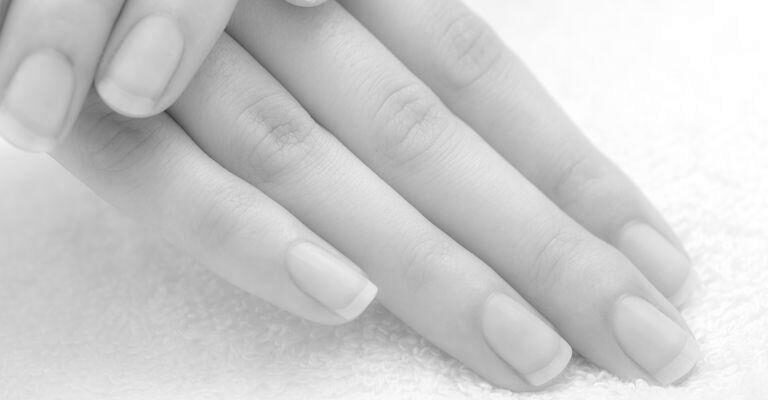Top 3 Tips For Looking After Your Nails
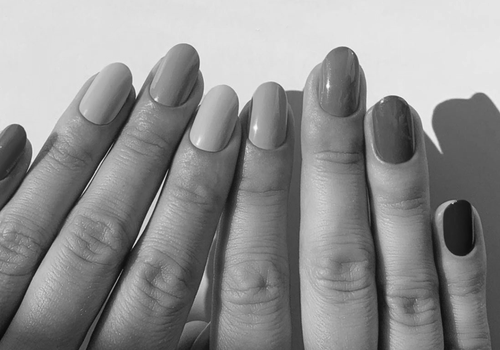
What are the top three tips for looking after your nails? First, you should avoid biting them! You should wash your hands and feet thoroughly every day. Otherwise, dirt and bacteria will accumulate underneath them. Secondly, do not scrub your nails with a toothbrush, which may cause an infection. And finally, make sure you clean under your nails to avoid bacterial growth and nail fungus. In addition, you should change your diet to prevent the accumulation of harmful fungus.
Avoiding biting your nails
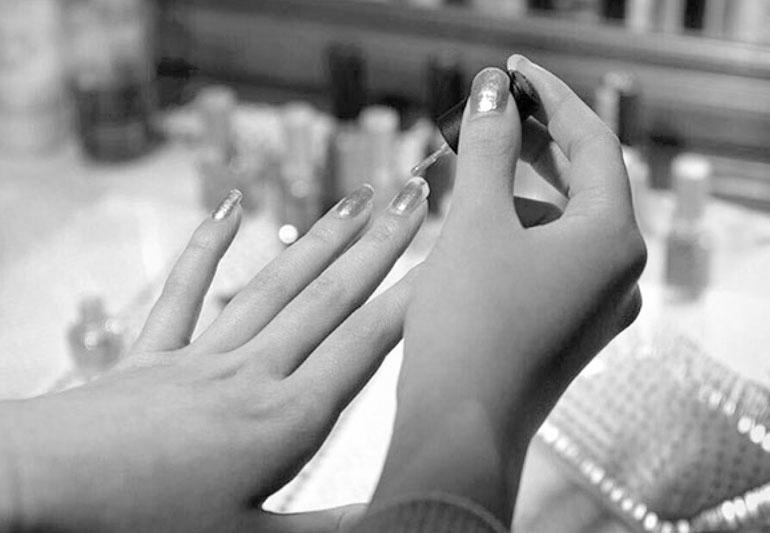
To avoid biting your nails, it is essential to first understand what triggers you. You can identify physical triggers such as hangnails and emotional triggers like boredom or stress. To break the habit, doctors recommend a gradual approach. Start by not biting one nail set at a time, then gradually eliminate them until you’ve ceased to bite your nails altogether. If you find yourself making this habit frequently, it is likely to become a habit.
The reward you get from nail-biting can be a physical sensation, a feeling of accomplishment, or a particular emotion. Whatever the reason, keep in mind that changing your environment will not help. Instead, try to replace the trigger with a new activity. For example, instead of biting your nails, try cleaning your house. You will feel more satisfied and have less stress if you can keep your home clean.
Another way to break the habit of nail-biting is to monitor yourself while doing something else. Keep a list of the things that trigger you to bite your nails. This way, you’ll be able to break the habit by default. You might also try using a tally system to monitor your daily activities. Keeping a journal will also help you identify weak spots. Keep track of your behavior for three weeks to see if it’s habit-forming.
Nail-biting may also be genetic. This habit is hereditary. It can run in the family, so if you see a family member with the same behavior, you’re more likely to catch the habit early on. In other cases, nail-biting could simply be a symptom of an underlying mental health condition or disorder. But no matter the reason, nail-biting can be a sign of anxiety.
Changing your diet
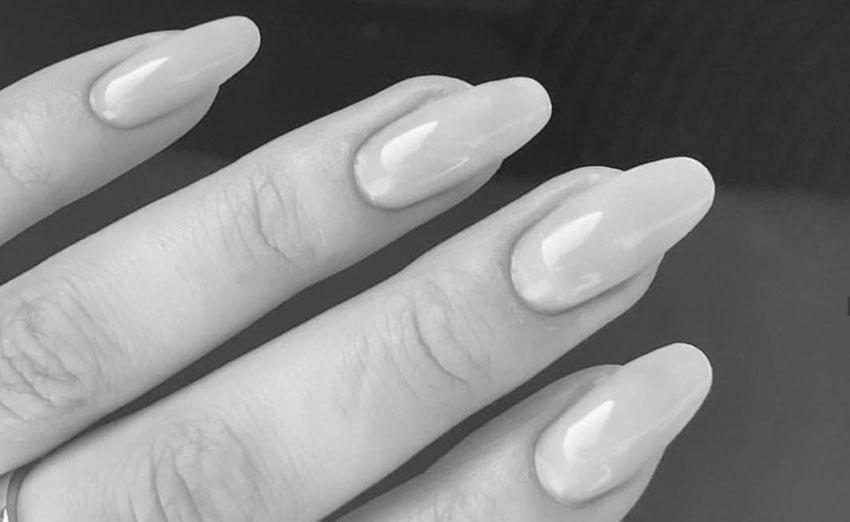
Changing your diet to look after your nails can improve your overall health, including the condition of your nails. Healthy habits should include plenty of sleep, eating healthy, exercising regularly, and drinking alcohol in moderation. You can also try meditation or stepping away from your phone for a few moments each day. These lifestyle changes can help you have healthier nails, clearer skin, and stronger muscles. However, before making any changes to your diet, you should consult with a health care provider and eat a healthy diet.
A healthy diet contains various vitamins and minerals, which help maintain a beautiful, healthy shine. Foods rich in vitamin C and zinc include organic chicken, non-GM tofu, lean red meat, fish, and fortified cereals. In addition to these healthy foods, you can also try eating plenty of vegetables and leafy greens. They are full of antioxidants and Vitamins that will help you take care of your nails.
According to Lucy, a healthy diet has been proven to promote strong, healthy nails. She recommends eating almonds high in Vitamin E and zinc, which are essential for healthy, strong nails. A plant-based diet should include zinc-rich foods, such as nuts and seeds. Whole-grain cereals are also excellent sources of zinc. In addition to nuts, almonds are an excellent source of zinc.
Avoiding removing your cuticles
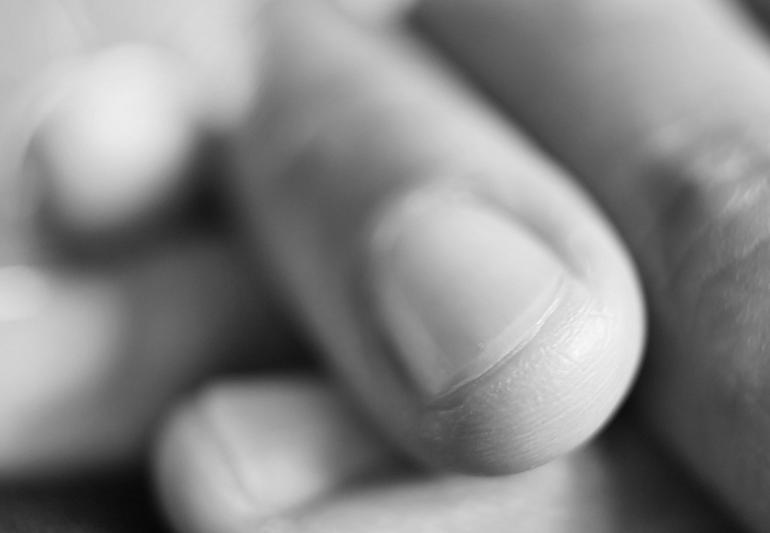
Whether you are having a pedicure or getting a manicure, you should avoid removing your cuticles. Although the process may seem incredibly tempting, cutting them off can be harmful. The cuticles are the brains of your nails. They protect the pins from the elements, but they also boost the skin’s overall health on your feet. Cutting them off is a risky and ineffective way to improve the health of your hands and feet.
Cuticles are layers of dead skin tissue that form a seal between your nail and the skin beneath. Their purpose is to prevent infections by preventing pathogens from getting inside the body. Cutting them off will result in a cut, opening your body up to dangerous materials that could cause more severe problems. By following a few simple tips, you’ll be able to maintain healthy, gorgeous-looking cuticles all year round.
If you’re concerned about hangnails, you can use a cuticle remover or oil to keep the skin surrounding the nail healthy. After applying the formula, moisten the cuticle area and push the cuticle back. You can also use a cuticle remover or a soft orange stick to gently push the cuticle away from the nail plate. Remember to cut off dead skin from the nail plate, but avoid cutting them off completely.
The second rule in cuticle care is to avoid picking or biting at the skin around your nails. This bad habit can be caused by anxiety. By chewing your nails, you may damage your cuticles and make them more vulnerable to infections. Similarly, you should avoid picking your cuticles, leading to an infection. Moreover, your nails will not look healthy if you don’t have healthy cuticles.
Cleaning under your nails
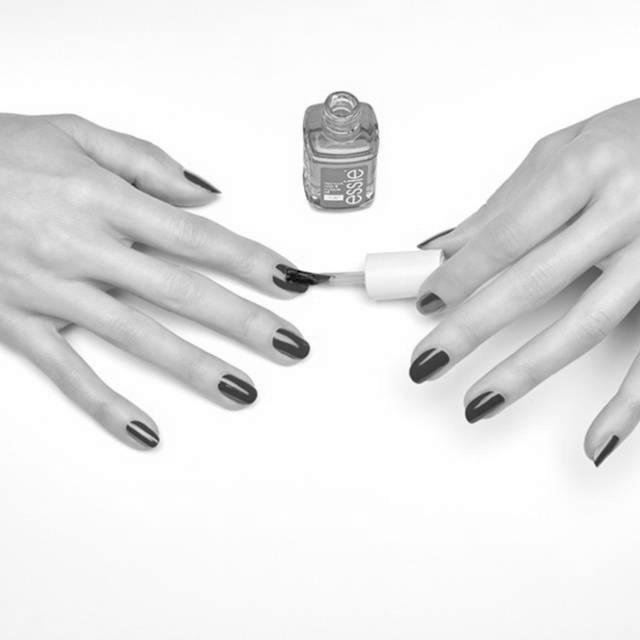
Regular cleaning under your nails can help prevent the spread of bacteria and infectious diseases. Get rid of dirt, grease, and germs underneath your fingernails. To avoid over-drying your hands, use warm water instead of cold. You can also use an orange stick, a pointed wooden stick that is especially helpful when cleaning under your nails. However, be careful not to use any sharp objects when cleaning under your nails. Always make sure to keep a disinfectant and antibacterial solution handy.
Another helpful tool for cleaning under your nails is an orange stick. Orange sticks are made of wood and are flat and pointed on one end. Using this tool, gently push your cuticle upwards and clean beneath your nails. Make sure to place it at the end of the pin or any side you choose. After that, you can use a cotton swab to remove any dirt and grime lodged beneath your nails.
You can use Antibacterial Soap to remove large debris and loose dirt from under your acrylics. Scratching the bar with a nail file will help remove any chunks of soap embedded in the acrylics. Make sure to avoid soap chunks on the sides of your acrylics because they can break off and encourage the growth of bacteria. And finally, always wear nail polish remover to prevent bacteria growth under your nails.
Taking care of your cuticles
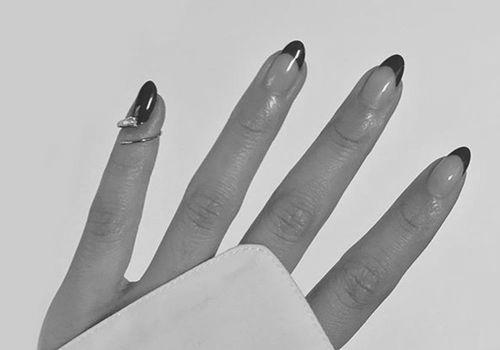
Cuticles are the white, flaky skin surrounding the nail bed. Many people confuse the cuticle with the eponychium, the nail bed’s end. However, there’s a difference. You can safely trim your cuticles, but they should never be bitten. People who suffer from anxiety and panic attacks may be tempted to bite their cuticles.
Cuticles are essential for your nail because they protect the nail bed from bacteria and are necessary for healthy nail growth. The cuticle also protects the nail matrix, where your nails are growing from. Therefore, it is essential to take care of your cuticles as part of your beauty routine. Here are some tips for cuticle care:
First of all, always make sure to clean your hands. You can do this by keeping a bottle of hand lotion in your bathroom and rubbing it on your cuticles after every wash. Also, be sure to avoid using harsh products such as soaps, which may cause damage to the skin around your nails. Secondly, use a plastic or wooden cuticle stick, rather than a metal one, as they can damage the skin and the pin.
Lastly, you can take care of your cuticles by using moisturizer. Various moisturizers are available for your cuticles and can be purchased at beauty supply stores. The area around the nail bed is very delicate and is prone to cracking and peeling. You can prevent damage by applying a moisturizing lotion or moisturizer to your nails and cuticles. Another good way to moisturize your cuticles is by pushing them back after showering.
Why Do Old People’s Toe and Fingernails Discolor?
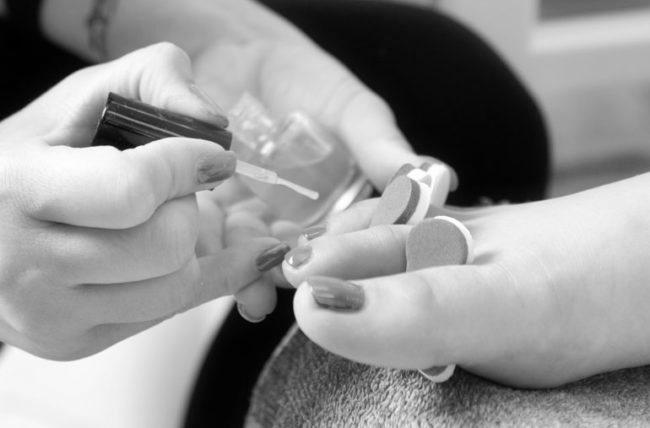
Old people’s toe and fingernail discoloration are common phenomena that may have several causes. Some are related to hormones, hardening of arteries, or anemia. Around half of all nail disorders are caused by fungal infections, more common in the elderly. Fungal infections may cause nail thickening and discoloration. Antifungal preparations are used to treat these infections and can be applied to the nail. Depending on the severity of the disease, these medicines may need to be applied for several months.
Onycholysis
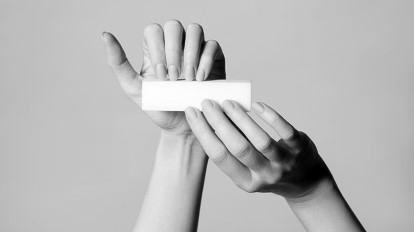
Nails are made up of keratin, a protein found in the skin. Typically, fingernails and toenails are pink with a white tip. Blue nails are a common sign of poor circulation and may be caused by a disorder called Raynaud’s phenomenon. Symptoms of psoriasis include an oil drop, salmon patch, and Beau’s lines across the nail.
A white toenail may be a sign of a fungal infection. White superficial onychomycosis, a type of fungal infection, can spread across the entire toenail and make it look rough. A whitish patch near the cuticle is another sign of proximal subungual onychomycosis, which rarely occurs in healthy people but is common in weakened people with compromised immune systems. In some cases, it can be a sign of HIV.
Other symptoms that can cause finger and toenails to discolor are Bowen’s disease and diabetes. Blue nail discoloration may be caused by constriction or cold. White spots in the nail bed may be due to minor trauma. Fortunately, most of these conditions go away on their own. However, these changes can signal a more serious underlying disorder in some cases, including anemia, liver and kidney problems, and diabetes.
Other conditions that cause old people’s fingers and toenails to change color include anemia, hardening of the arteries, and hormonal changes. However, the most common is a fungal infection, which accounts for half of all nail disorders in the elderly. This can lead to nail discoloration and thickening. Antifungal preparations are available for application on the nail and may require treatment for several months.
While fungal infections are not severe, you should consult a healthcare provider if you notice any changes in your toenail color. Yellow nails can also be a sign of a severe illness like melanoma, leading to breathing problems and swelling of the legs. In addition to fungal infections, nail discoloration can also be a sign of a subungual hematoma, which is caused by trauma or wearing shoes that are too tight. These conditions are also usually associated with pain and can lead to soreness in the leg.
Onychomycosis
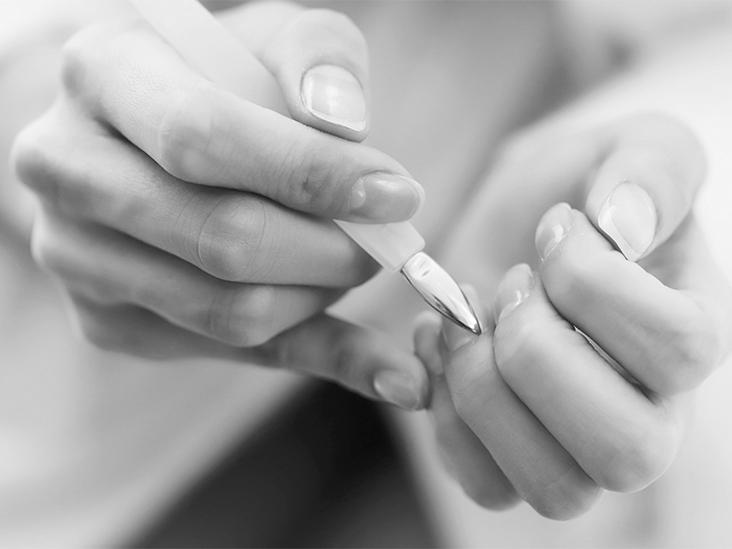
In some elderly people, their fingernails and toes may become discolored. This condition is caused by faulty biomechanics that results in loss of transparency of the nail plate. Another cause is trauma. These discolorations may progress to a black or dark brown color. Aside from trauma, certain medications and psoriasis can cause this condition. This condition is prevalent in elderly individuals who have occupations requiring hand use.
Fungal infections are the most common cause of discoloration of fingers and toenails in older people. Fungal infections are complicated to cure and tend to recur. Most treatments available for toenail fungus involve oral medications or topical preparations. Topical antifungal preparations can treat fungal infections, but they are not as effective in preventing relapses. A PCR test may be done to identify the pathogen.
Infected nails may be thick and fragile. They may also have cracks in the keratin. If you have these symptoms, see a podiatrist for treatment. If medications do not work, a healthcare provider may need to remove the infected nail surgically. The pin can take up to a year to grow after removing the infected one.
If the discoloration of your fingernails is caused by a fungal infection, it should be checked by a doctor. If it results from a bacterial or fungal infection, you should apply an antifungal cream to the nail. However, don’t try to scrub the discoloration off yourself – it might not get rid of the infection.
You may have a fungus if you notice that your toe and fingernails are yellow. If the discoloration is severe, you should visit a doctor right away. There are several over-the-counter antifungal creams available that can cure toenail fungus. If you find a cream that works, file the yellow toenails down a bit so that the drug can penetrate them.
Depending on the severity of the condition, this type of infection can cause a white toenail and can be a sign of a bacterial or fungal infection. The most common type of infection is called distal subungual onychomycosis. This infection starts at the distal edge of the nail and spreads along the sides of the nail. In some cases, this type of infection can signify a weakened immune system or even HIV.
Ingrown nails
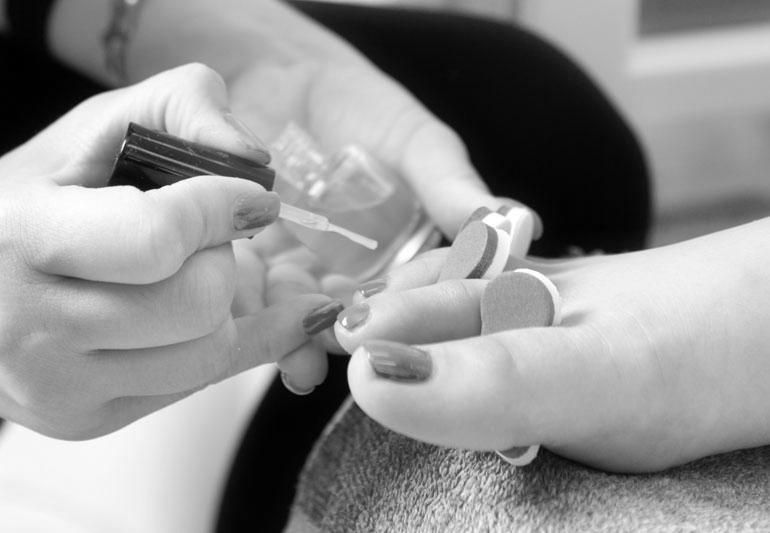
There are several reasons why an elderly person’s finger and toenails are discolored. Occasionally, the nail discoloration may result from an injury to the nail.
Other causes of old people’s fingernails and toes are age-related. The shape of older people’s fingernails changes, causing them to be thick and difficult to cut. Tight shoes, poor circulation, and other age-related issues can affect the shape of a person’s nails. These changes can also lead to ingrown fingernails or toenails. Nevertheless, it’s important to note that nail changes can also signal underlying health issues. In some cases, ridged or yellowish fingernails are signs of nutritional deficiencies or fungal infections. Apart from age-related changes in nail color, a person can also develop toe deformities that cause pain.
Nail fissures are another common cause. Nail hemorrhages are tiny red lines that develop under the nail plate. In more severe cases, subungual hematomas can lead to the discoloration of the nail. If the condition persists, it’s essential to visit your healthcare provider. It’s important to know what is causing the discoloration of a person’s finger or toenails.
Fungal infections are the most common cause of yellow and brittle toenails and are usually treated with antifungal creams and over-the-counter nail polish. If you’ve tried a DIY treatment for toenail fungus and haven’t seen any improvement, it’s time to see your doctor. You might be prone to developing a fungal infection, so it’s worth trying.
Common causes of toe and fingernail discoloration include inflammatory disorders, nail cosmetics, and systemic diseases. The changes can be cosmetic or even malignant. You can also check for underlying conditions that may be contributing to your patient’s problem. Your family physician can make an accurate diagnosis for you. It’s good to have your loved one’s finger and toenails checked at regular intervals.
Nail fungus
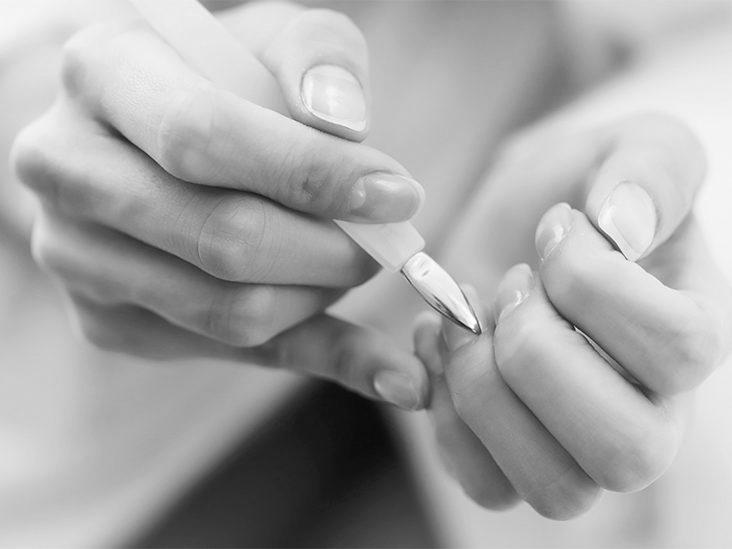
You may have a fungal infection if you notice a yellowish or white patch under your toenail. If the disease progresses, the toenail may discolor and become difficult to trim, crumble, or curl. In severe cases, the infection may destroy the nail bed. A doctor will likely order a nail clipping and send it to a lab for testing.
There are several risk factors for developing this condition. The elderly are more susceptible to infection than younger people. This can occur in their toe and fingernails due to a reduced immune system. Other risk factors include certain health conditions that impair the immune system. In addition, the body’s cells are not as efficient at producing new skin cells as they are in young people. The most common symptoms of the disease include discoloration, thickening, and crumbling nails.
Medications for nail fungus can help treat the condition. You can purchase over-the-counter medications or visit a doctor specializing in treating nail fungus. These medications will help clear up the infection fast. In severe cases, doctors may recommend surgical removal of the infected nail, which will prevent the fungal infection from reoccurring.
Taking a prescription drug is the most common treatment for this condition. It is very effective against the fungi in the nail, but oral medications can have side effects or interact with some of your other drugs. Fortunately, there are much cheaper and more convenient alternatives to oral medications. A good choice for treatment is a prescription medication such as fluconazole or terbinafine. Both medicines are relatively inexpensive and are available over-the-counter.
Getting infected with fungal infections is not uncommon. In fact, 10% of the general population will develop mycotic nails. The chances of nail fungus increase as you get older. Also, it’s easier to contract the infection if you wear tight-fitting shoes. It’s possible to prevent the disease by keeping your skin dry and wearing breathable clothing.
